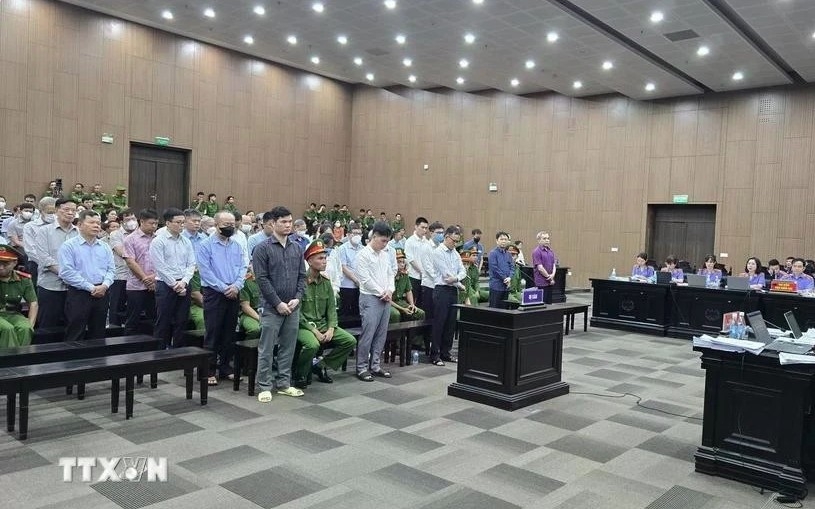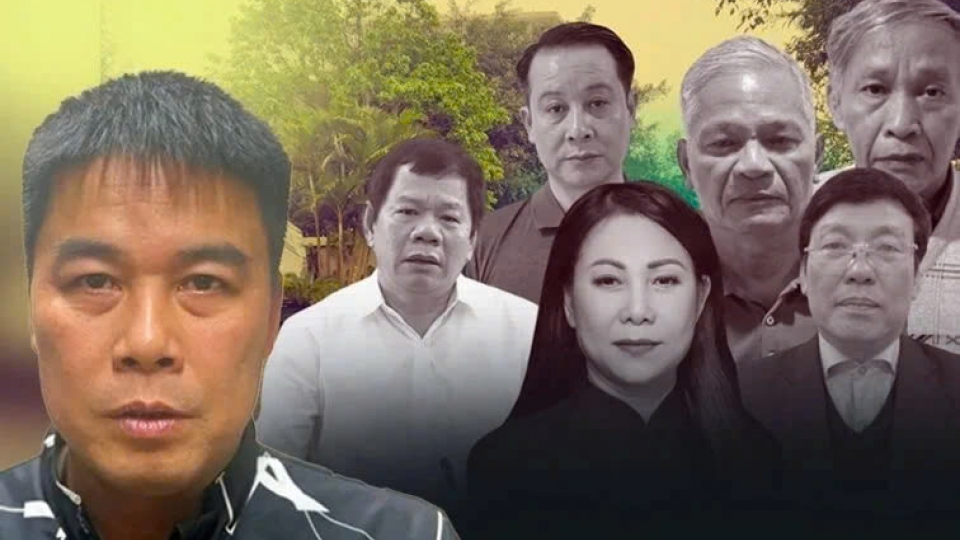Phuc Son Group chairman admits to illegally gaining VND1.16 trillion
At the first-instance trial for individuals involved in the high-profile corruption case at Phuc Son Group JSC on June 24, Nguyen Van Hau, the firm’s chairman, admitted to unlawfully gaining VND1.16 trillion (US$44.37 million), and confirmed his willingness to use all of his personal assets to fix the consequences.

Hau, who is also Chairman of the Thang Long investment, trade and real estate JSC, testified that he founded Phuc Son Group in 2004 and acquired Thang Long company in 2017.
Following the acquisition, Hau took direct control of the company’s operations. His companies were involved in four projects and four bidding packages in Vinh Phuc, four in Phu Tho, and two in Quang Ngai.
He acknowledged that the indictment from the Supreme People's Procuracy, which charged him with three offences - violating accounting regulations causing serious consequences, violating bidding regulations causing serious consequences, and giving bribes – is accurate, fair, and correct.
Expressing genuine remorse and a sense of responsibility, Hau reaffirmed his commitment to using all his assets to make restitution. During the investigation and prosecution phases, authorities had seized over VND108 billion, 534 taels of SJC gold, and US$1.11 million from the defendants.
They had also confiscated 1,440 properties and frozen 43 bank accounts and savings books linked to Hau and other defendants. Additionally, the defendants, their families, and related parties voluntarily paid approximately VND120 billion and US$900,000 to compensate for the damage caused.
The procuracy determined that through personal relationships or professional dealings, Hau gave a total of over VND130 billion to local leaders in Vinh Phuc and Quang Ngai provinces.
These officials used their positions to execute tasks as requested by Hau, enabling him and Phuc Son Group, as well as Thang Long company, to carry out projects, participate in tenders, and win contracts, causing significant damage to state assets.



